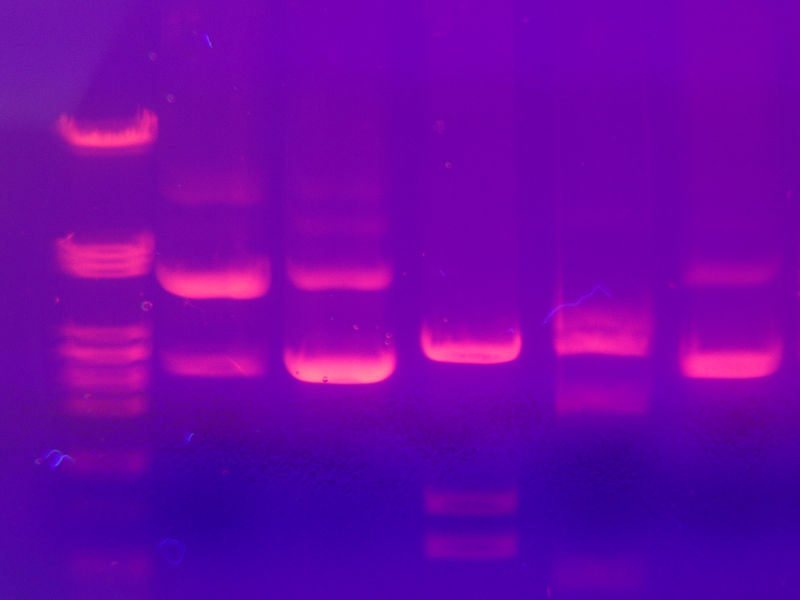Scientists at the Institute of Cancer Research and the University of Cambridge, funded by Cancer Research UK, have made another important addition to our knowledge about the genes involved in prostate cancer. They've discovered nine new gene variations that can increase the risk of the disease by around three-fold, published in two papers in the journal Nature Genetics today (Sunday 20th September). And, excitingly, some of the new genes could be potential targets for future cancer drugs.
 This is yet another example of a genome-wide association study involving an international team of scientists. Researchers scan through the DNA of thousands of people using the latest genomics technology. They're searching for tiny differences in the DNA sequence between people with cancer, and people without the disease. Eventually, the scientists narrow the search down to a few small regions, and can pinpoint the genetic variations that might increase the risk of the disease.
This is yet another example of a genome-wide association study involving an international team of scientists. Researchers scan through the DNA of thousands of people using the latest genomics technology. They're searching for tiny differences in the DNA sequence between people with cancer, and people without the disease. Eventually, the scientists narrow the search down to a few small regions, and can pinpoint the genetic variations that might increase the risk of the disease.
In total, in the first study, the researchers looked at DNA from almost 38,000 men, trawling through over 43,000 SNPs, or single nucleotide polymorphisms. These are tiny variations in our DNA. They discovered seven regions of DNA that are linked to prostate cancer risk - and two of them are in genes that could be promising targets for treatment.
In the second study, the scientists focused in on a region on human chromosome 8, which has previously been linked to prostate cancer risk. Their detailed investigation revealed two new variations involved in the disease. Altogether, we now know of more than 20 regions of the genomes that are linked to prostate cancer risk.
These are subtle variations in our DNA that influence risk, but don't determine that someone definitely will - or won't - get cancer. Our genes are like a hand of cards - most of us get a mix of good and bad cards (risky or non-risky gene variations) and it depends how we play our genetic "cards" through our lifestyle that affect our cancer risk.
More research needs to be done, but this new genetic information could help doctors to tell who is at most risk of prostate cancer, and offer surveillance or screening, or help to tell if a cancer is likely to be aggressive. And it provides important new clues for the development of future treatments for the disease.










Comments
Add a comment